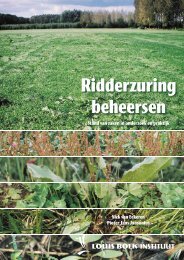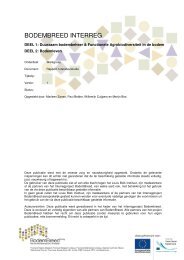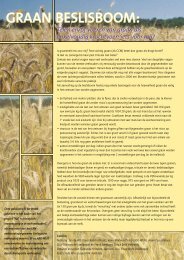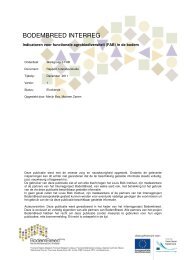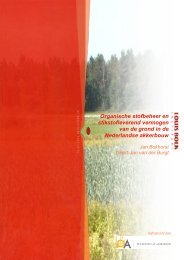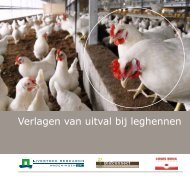Respiratory System Disorders and Therapy From a New - Louis Bolk ...
Respiratory System Disorders and Therapy From a New - Louis Bolk ...
Respiratory System Disorders and Therapy From a New - Louis Bolk ...
You also want an ePaper? Increase the reach of your titles
YUMPU automatically turns print PDFs into web optimized ePapers that Google loves.
Muscle Ache<br />
The increased muscle tone leads to an accumulation of lactic acid that makes the muscles<br />
painful.<br />
The blood circulation in the muscles is such that carbon dioxide, which is formed in the<br />
working muscle, can be removed <strong>and</strong> breathed out through the lungs. Normally, blood<br />
supply <strong>and</strong> production of carbon dioxide by muscle contraction are in a healthy balance.<br />
In the hypertonic muscle, the decreased circulation may not be able to remove the carbon<br />
dioxide fast enough, so that lactic acid is formed instead of carbon dioxide, which is<br />
accompanied by the experience of muscle pain. Pain is an increase of conscious awareness<br />
in places of in the body, where we would normally not be aware.<br />
The lactic acid that is present causes an irritation in the musculature that increases the<br />
awareness <strong>and</strong> puts further stress on the impaired breathing process.<br />
Stiffening of Movement<br />
The patient who is short of breath becomes increasingly more immobilized. This is most<br />
pronounced, of course, during an asthma attack, but when the patient has chronic<br />
shortness of breath it is also present during normal activities. The action-radius of such a<br />
person can decrease considerably <strong>and</strong> physical movements cannot be carried out with the<br />
same intensity or for a prolonged period of time.<br />
During forced inspiration, the negative pressure in the lungs <strong>and</strong> the poor passage of air<br />
through the upper airways cause retraction of the musculature between the ribs <strong>and</strong> in the<br />
neck. The retractions make the ribs more visible. This contributes to the reduced mobility<br />
of the skeletal part of the thorax.<br />
Normally, our movements help us to relax <strong>and</strong> bring a balance to parts of the body that<br />
are tense. When our body has become tense from working at the computer, for instance,<br />
getting up <strong>and</strong> walking around every now <strong>and</strong> then relieve this. With asthma, normal<br />
movements are so tensed up that relaxation of the muscles does not take place sufficiently<br />
(see fig.2.4.).




